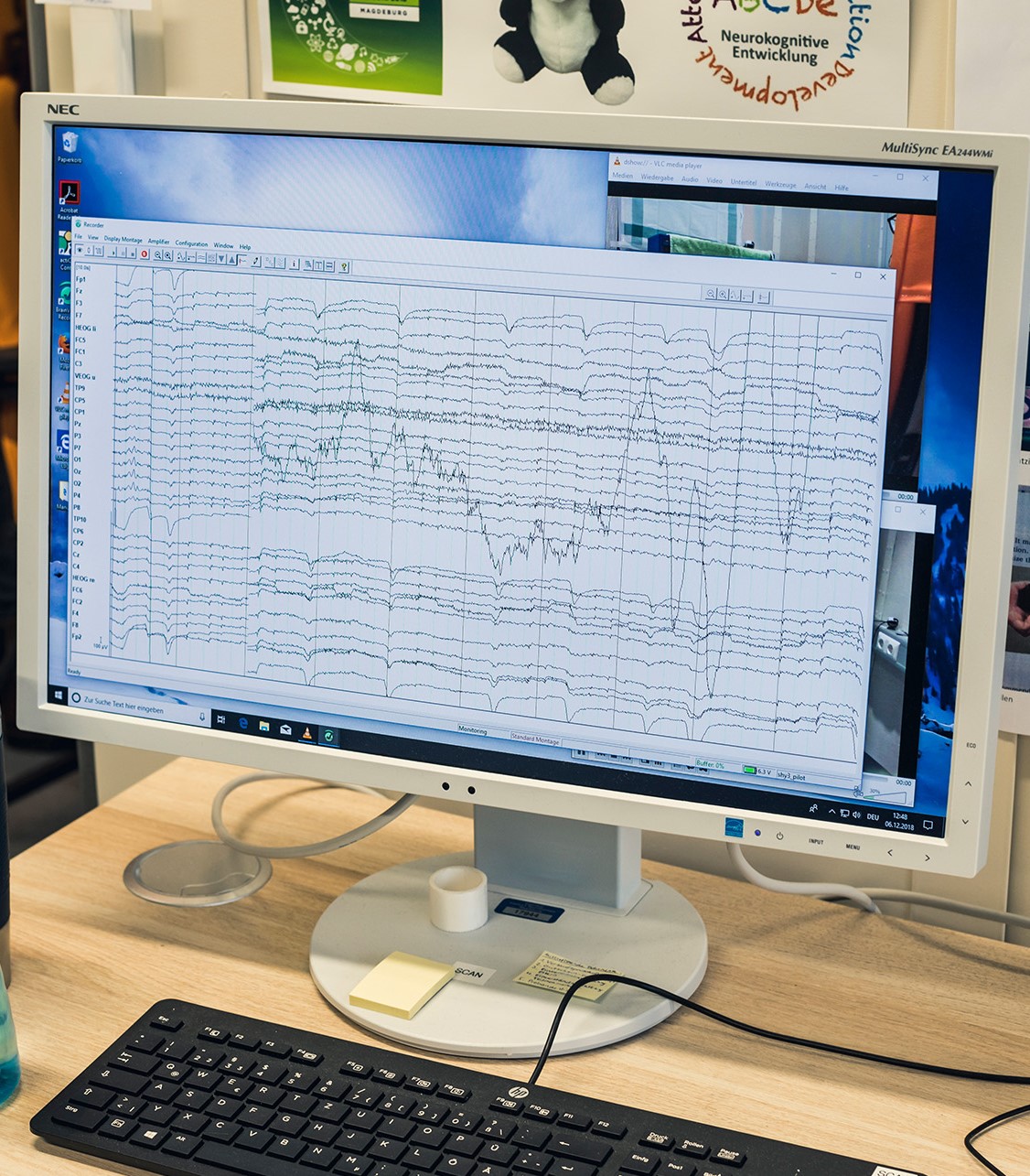EEG is widely used to study information processing in the brain. In particular, this non-invasive method can be used to answer questions about the development of brain functions in children.
In collaboration with Dr. Florian Scharf from the University of Münster, the CBBS group Neurocognitive Development has published a tutorial that provides a step-by-step introduction into the use of a temporal principal component analysis (PCA) of EEG data. Based on statistical properties of the data, specific patterns in the EEG can be identified. This approach is particularly relevant for children's data, as they often have an increased noise level.
More about the paper:
Scharf, F., Widmann, A., Bonmassar, C., & Wetzel, N. (2022). A tutorial on the use of temporal principal component analysis in developmental ERP research – Opportunities and challenges. Developmental Cognitive Neuroscience, 54, 101072. https://doi.org/10.1016/j.dcn.2022.101072


